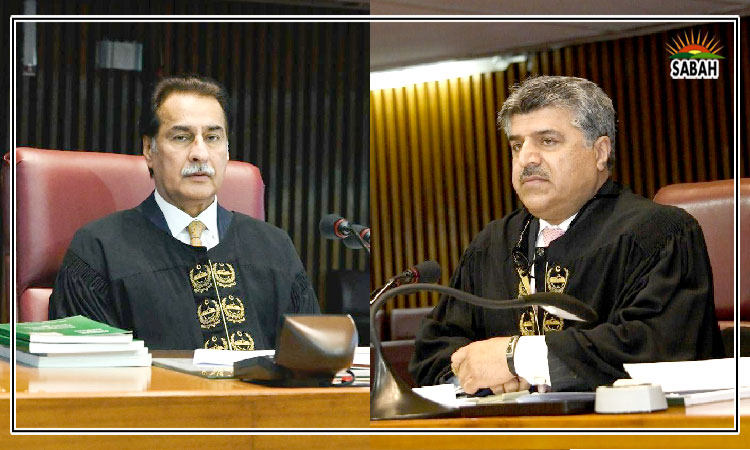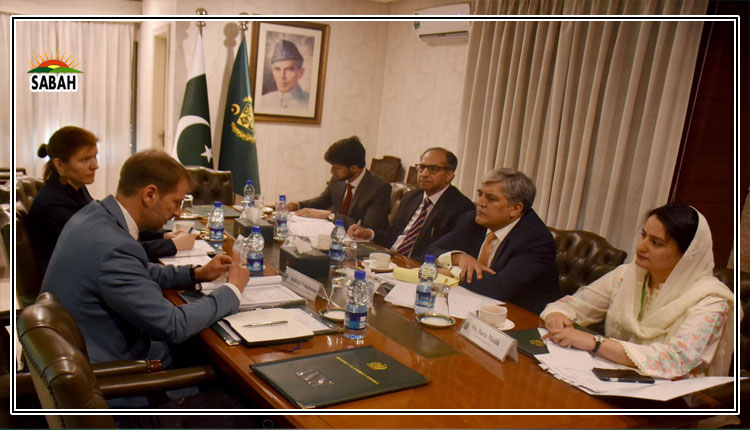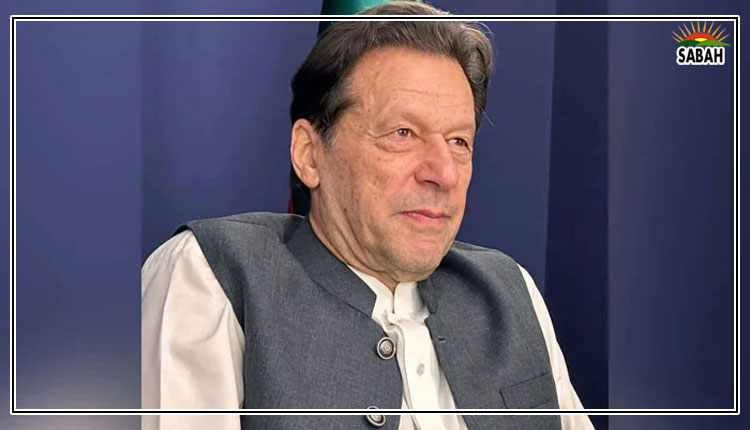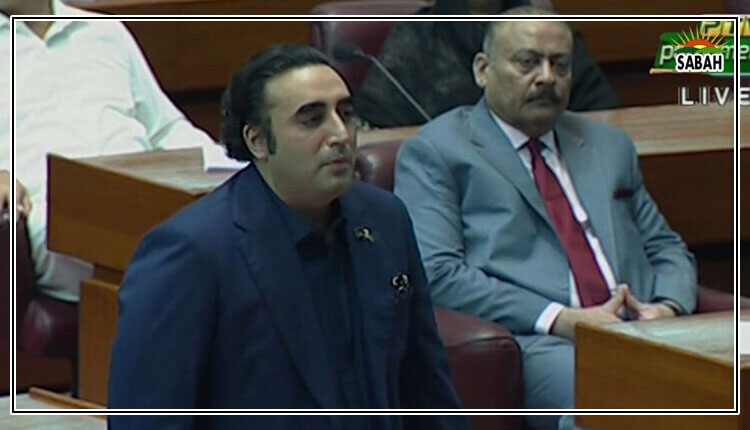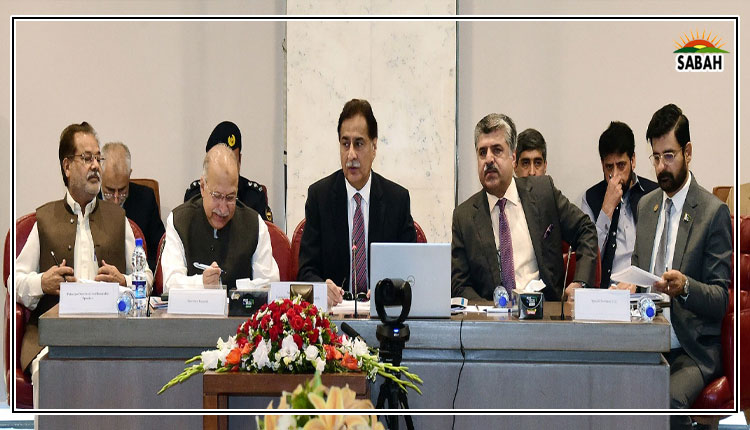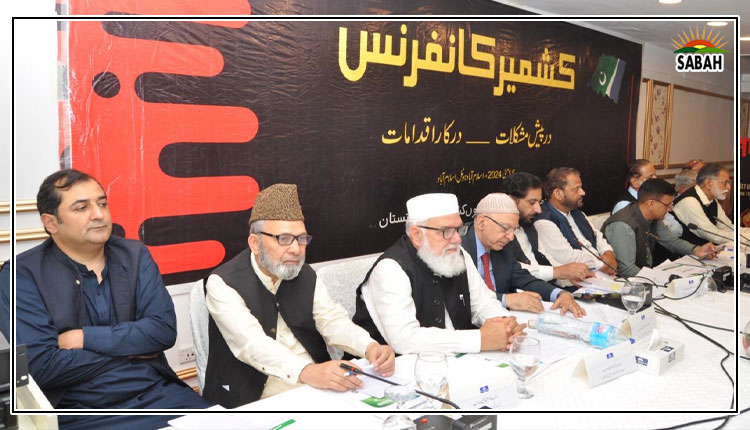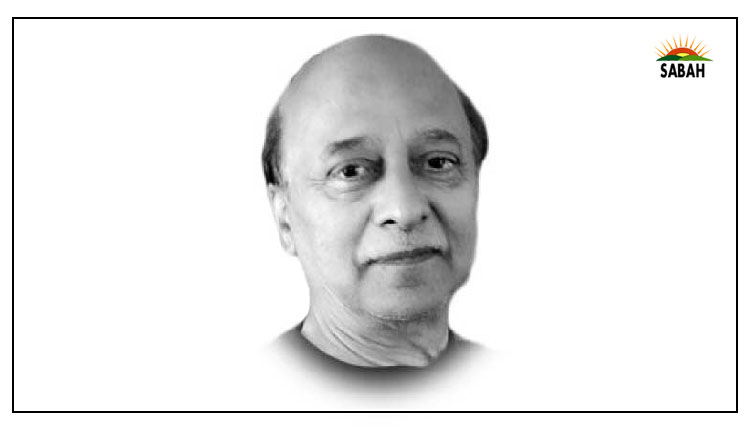Proxy war from Karakorum to Hindukush and our warning…. Imtiaz Gul
Two unusual attacks within ten years underscore the intense proxy war that Pakistan has been facing since the birth of the TTP in South Waziristan in December 2007, and the emergence of Daesh/ISKP in November 2014 in the Orakzai district.
Do the proxy terrorists really hope to capture the nuclear-armed state that boasts the world’s 6th largest army? Or the intent is to keep it on tenterhooks through sustained bloody pricks across the country and hence portray it as unsafe country?
Let us browse through the events in the last decade or so. In mid June 2013, terrorists hit at an unimaginable height and killed at least 10 mountaineers, including six alpinists from Ukraine, three from China and one from Pakistan. Jandullah, a Sunni extremist militant group, had claimed responsibility for the attack on Nanga Parbat’s base camp, located at 4,200 metres (14,000 feet) above the sea level. This represented a deadly blow as it brought international mountaineers’ expeditions as well as adventure tourism into Pakistan on hold for quite some time.
On September 5, terrorists mounted an unprecedented incursion into Pakistan’s northern-most Chitral district that borders Badakhshan, Nuristan and Kunar provinces. Officials claimed the attackers — dozens if not in hundreds — attacked two military checkposts. Equipped with the latest weapons, attackers were coordinated from the Kunar and Nuristan provinces of Afghanistan, officials said.
Although not unexpected, the Chitral incursion amounted to the expansion of the proxy terrorism that Pakistan faces today to the far north; two big attacks — the previous one in the Himalayan region and the latest one in the distant Hindukush mountains.
Read Mastung blast toll hits 60 as suspicion falls on RAW
The region is not far off from Pakistan’s Bajaur district either. And there are reasons for concerns even in that area as far as threats from proxy terrorists are concerned.
For Pakistan, the TTP remains the most virulent threat as it has now coopted certain Baloch militant outfits for attacks on the interests of Pakistan, primarily focusing on the security apparatus.
Even US officials now view the TTP as a deadly terror outfit trying to destabilise the entire region, and not just Pakistan.
In his opening remarks during a seminar at the Stimson Center, the US Special Representative for Afghanistan Tom West, made this admission — the first time by an American official.
“The group that’s posing the greatest threat to the stability of the region is TTP. We have seen a very significant increase in attacks directed at Pakistan,” he said. “Pakistan took a quick victory lap when the Taliban captured Kabul (August 2021) but now the shoe seemed to be on the other foot as Afghanistan became a TTP sanctuary,” West underlined in a veiled reference to the terrorists’ violence across and close to the Pak-Afghan border areas.
“As they were pushed across the border, the TTP became allies of the Taliban. They were financial supporters, logistical supporters, operational allies as well. So, I think the ties between them are quite tight,” West explained.
No surprise that the TTP’s violent campaign — based on demands for restoration of ex-FATA and removal of the army from the border regions — constitute a flashpoint in Pakistan’s discussions with the Afghan Taliban.
The Afghan Taliban, no doubt, have acted resolutely against Daesh/ISKP, something Tom West also acknowledged at the Stimson Center seminar.
“They have a very aggressive violent offensive ongoing that has significantly degraded ISKP capability… I think it’s notable that since early 2023, Taliban raids in Afghanistan have removed at least eight key ISKP leaders, some responsible for external plotting,” said the US diplomat and admitted that the Emirate counterterrorism actions had led to a “steady decrease” in attacks against Afghan civilians.
But the continued string of attacks on Pakistani interests from across the border hardly provide any evidence of whether Kabul is equally committed against the TTP which revers Mulla Hibbatullah as the Emir.
Although the Emirate has taken a few major counterterrorism steps to address concerns of its neighbours, one wonders whether those foreign terrorists disobeying the Emir’s orders will be demonstrably punished at all.
The September 22 Kabul visit of a delegation led by Asif Durrani, the special envoy as well as the director general military operations, may entail some results though: the delegation, according to sources privy to the talks, delivered a “decisive” message to the Taliban leadership on the TTP issue. Kabul promised “concrete steps” to “neutralise” TTP activities. Only days ahead would tell if the TTA lives up to its renewed pledges.
So the real questions facing us all for the sake of clarity: is the TTP an organic organisations wedded to the delusional ideals of a khilafat that it aims to establish in the border areas? Or is it just a ruse to justify its violence? This then begs the question: why this violence and on whose behalf? Why are TTP, Ahrarul-Hind, Daesh/ISKP and BLF pricking Pakistan on an almost daily basis? Why has the TTP together with the ISKP all of a sudden become the biggest threat to the entire region, with little evidence of any large-scale, signature attacks in Central Asia, Russia, China and Iran?
Why does Pakistan remain the target of these terrorist outfits? I have yet to get an answer from all Pakistani and foreign friends.
CourtesyThe Express Tribune, October 1st, 2023.



